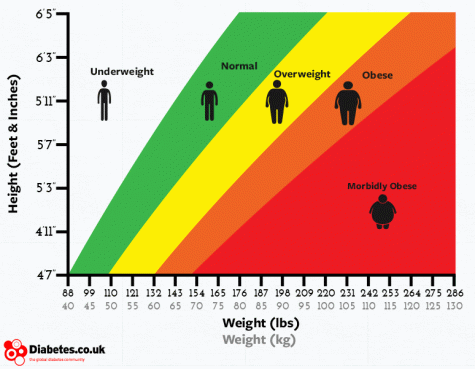The Issue with BMI Calculations
March 5, 2019

As you type in your height and weight into a body mass index (BMI) calculator, the results utilize your weight-to-height ratio to rank your body mass on a range of underweight to obese. A healthy BMI ranges from 18.5 to 24.9, values of 25-29.9 are considered overweight and anything over 30 means obesity. It is generally represented by three digits, the last number being after a decimal. The ratio was derived in the 1830s and has been used as a universal health indicator ever since.
Despite how common BMI calculators have become, it is not an entirely accurate representation of someone’s level of health. The idea of BMI has created an undermining and unhealthy obsession over weight loss. While BMI is correct to a certain point and is a guideline one should loosely follow, when taken too seriously it can lead to skipping meals, extreme dieting and doing juice cleanses to lower the number on the calculator. Even athletes who work out every day and are undoubtedly in good shape sometimes receive BMI’s that indicate they are overweight.
The issue with BMI calculators is that it only asks for three factors to base results off of: height, weight and age. However, when it comes to athletes with muscle, BMI calculators fail to separate fat from muscle, which is typically heavier, and mistakenly place them into the overweight category.
Junior Rachel Jiang remembers her weight going up during her track season due to constant training. Said Jiang, “My weight increased because my muscles got stronger, not because I was eating unhealthily or not working out.”
Many athletes see BMI calculators as inaccurate because they do not disregard muscle mass from fat, a point scientists in recent years have supported. Despite the contentions between athletes and their inaccurate BMI scores, BMI calculators are still frequently used even though they do not accurately calculate one’s level of health.



